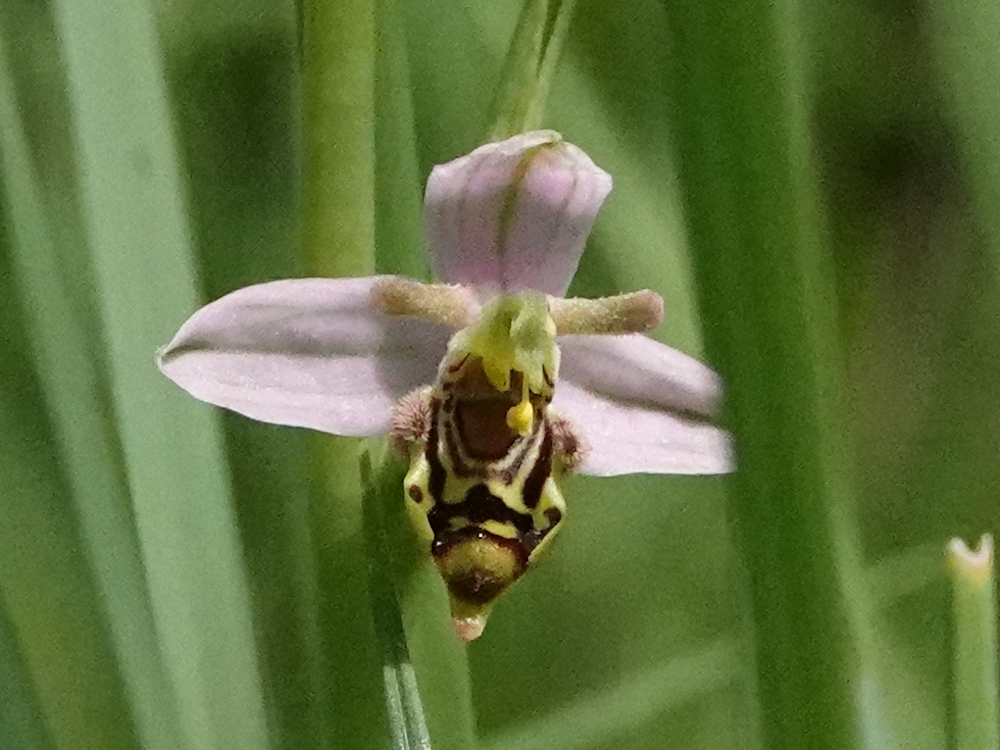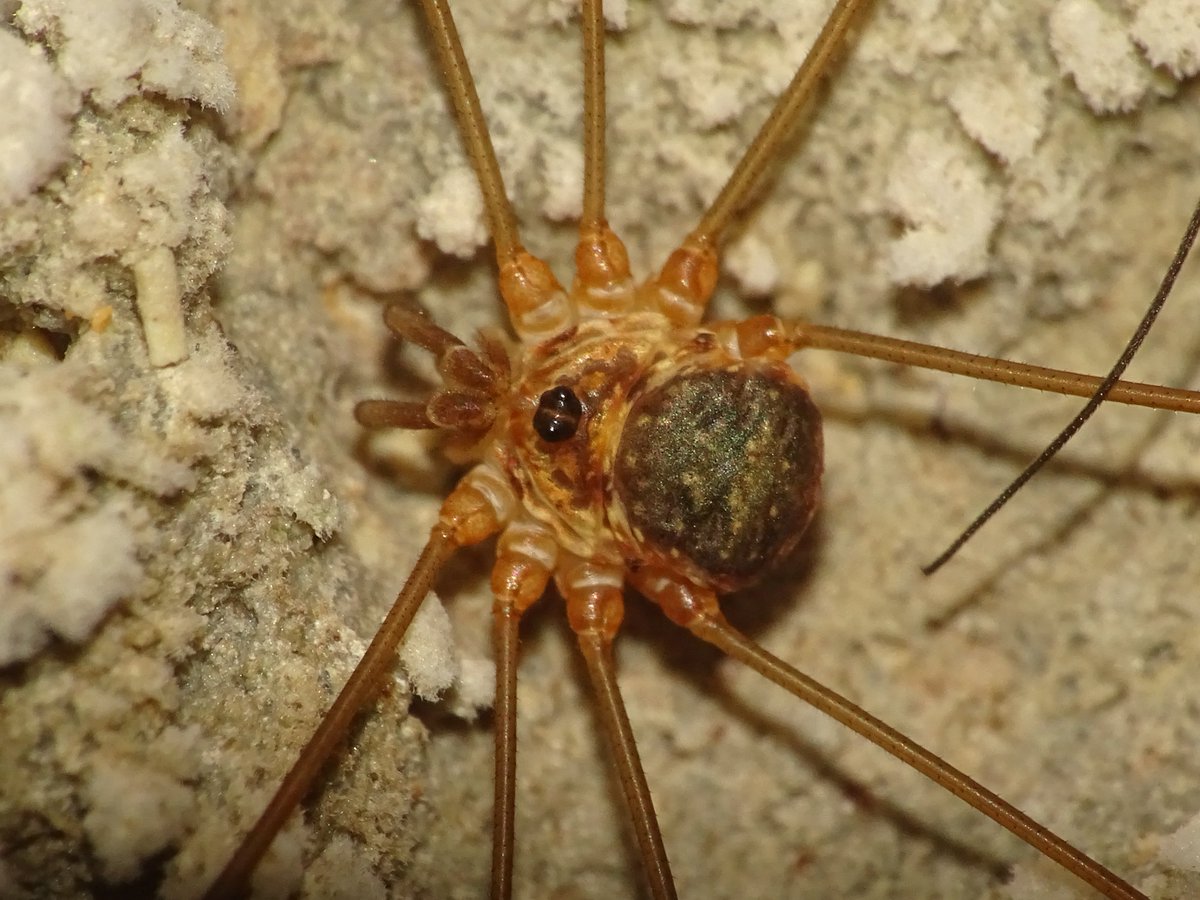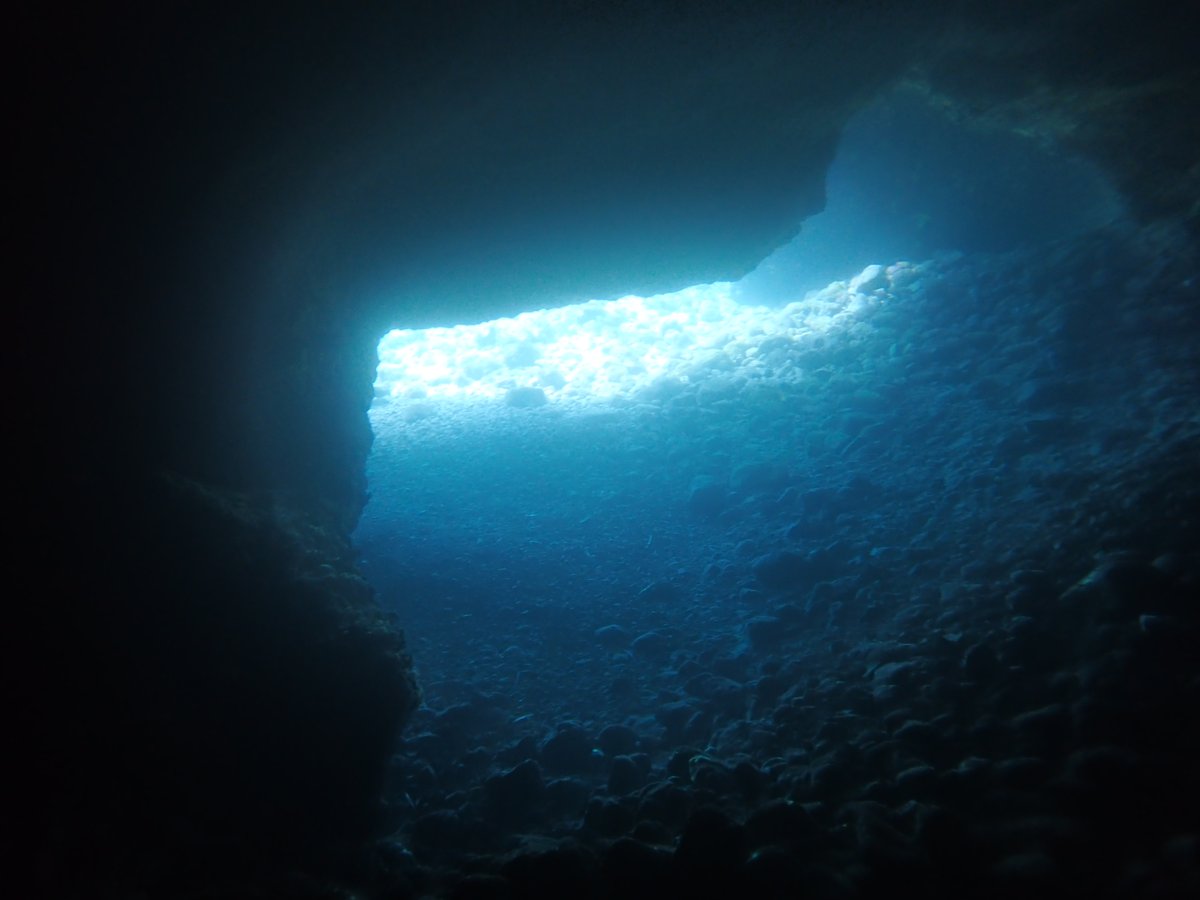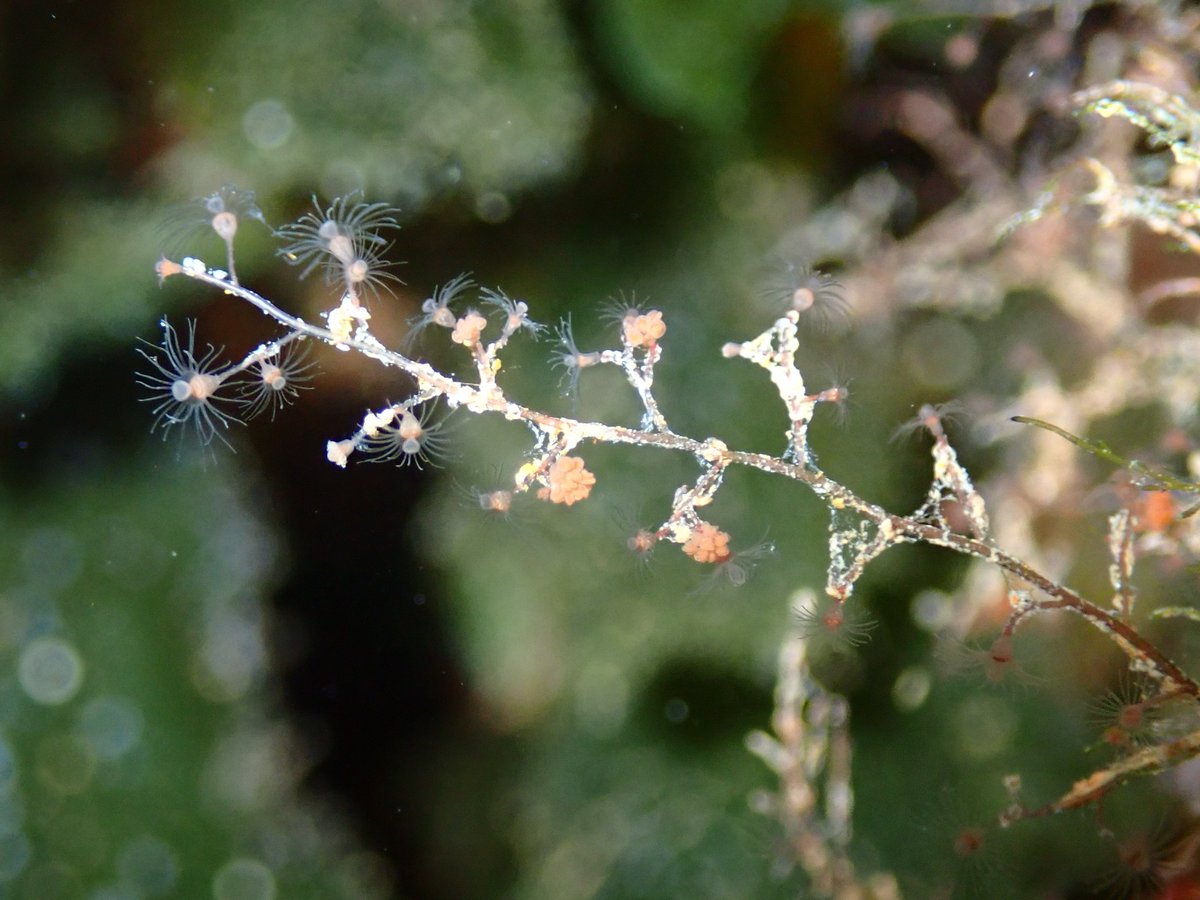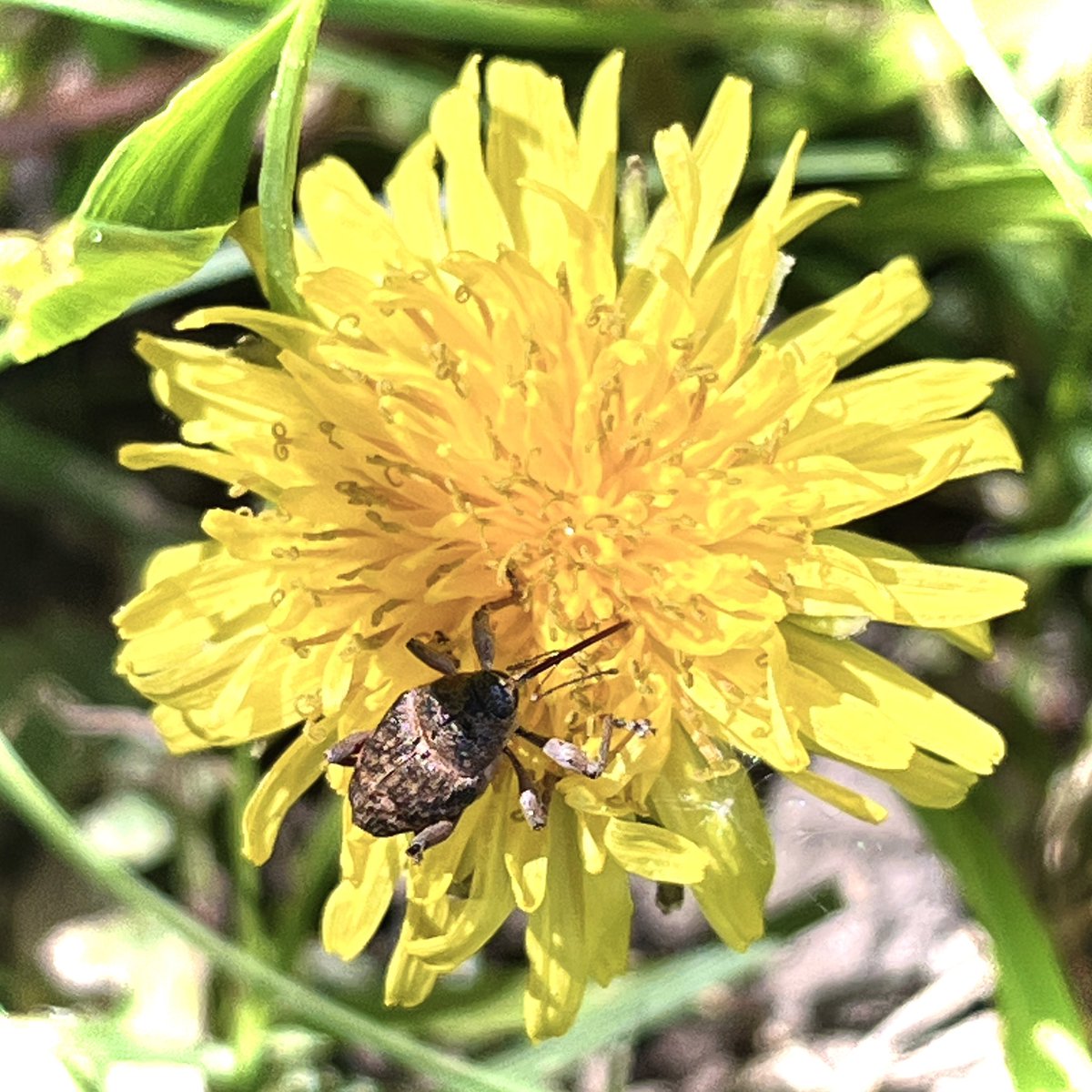
Adrian Bothe
@nairda_b
ID: 2630954620
http://www.systema-naturae.com 22-06-2014 09:34:34
181 Tweet
84 Followers
105 Following




I found this dandelion near Munich (Bavaria, Germany), on 18.04.2022. I believe it could be Taraxacum (sect. Hamata) fusciflorum. Can someone confirm this or help me with the identification? 😀 #dandelions #taraxacology Stichting Herbarium Frisicum Alex Prendergast Dandelion Appreciation Society
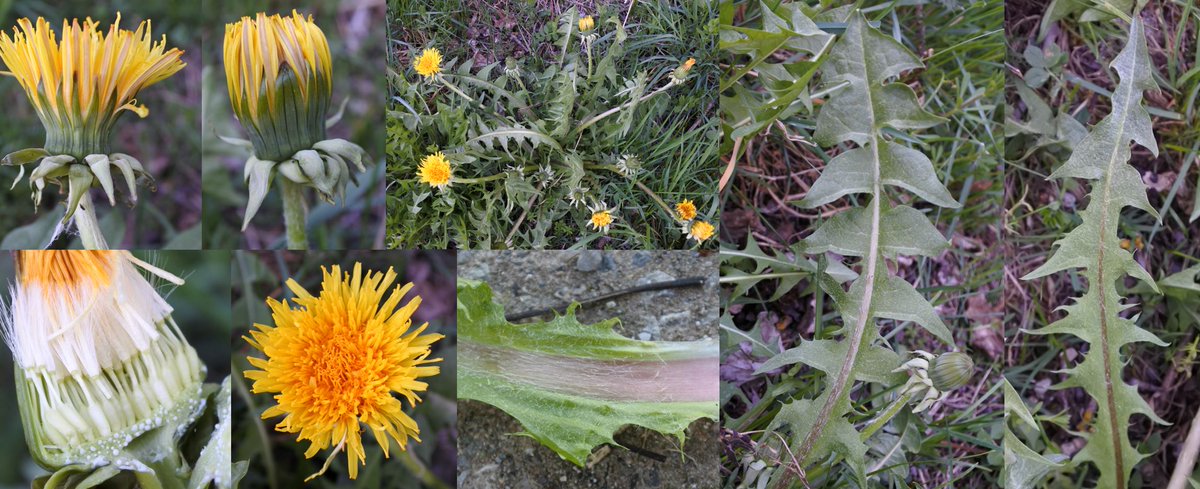

Here's another dandelion that I found in April 2022. This one is from Berlin, Germany. Can you help me with identification? Thank you in advance! #dandelions #taraxacoloy Alex Prendergast Dandelion Appreciation Society Stichting Herbarium Frisicum


Check out this wonderfully written perspective about our work by Eilika Weber-Ban Lab! science.org/doi/10.1126/sc…

Pupylation is a bacterial protein modification related to ubiquitination. Want to know how the only ligase, PafA, selectively recognizes a broad range of substrates? Check out the new study by Matthias Block Matthias Block et al from Eilika Weber-Ban Lab. nature.com/articles/s4146…
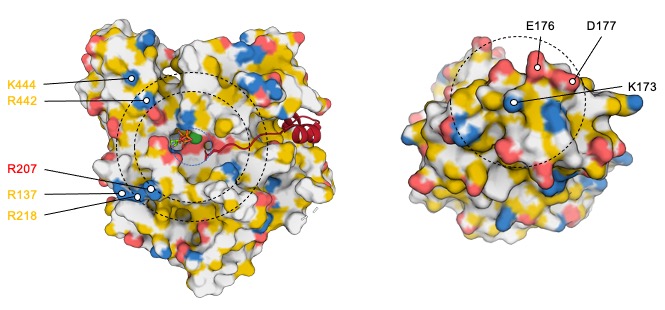

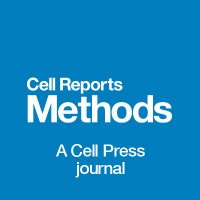
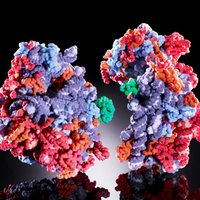
We have optimized a human in-vitro translation system (HITS) for use in #ribosome research Our HITS: 🧪requires a minimal number of components 💵is cheap & easy to prepare 💡enables cap-dependent translation 📈is highly active online now: bit.ly/49xTdVa Cell Reports Methods
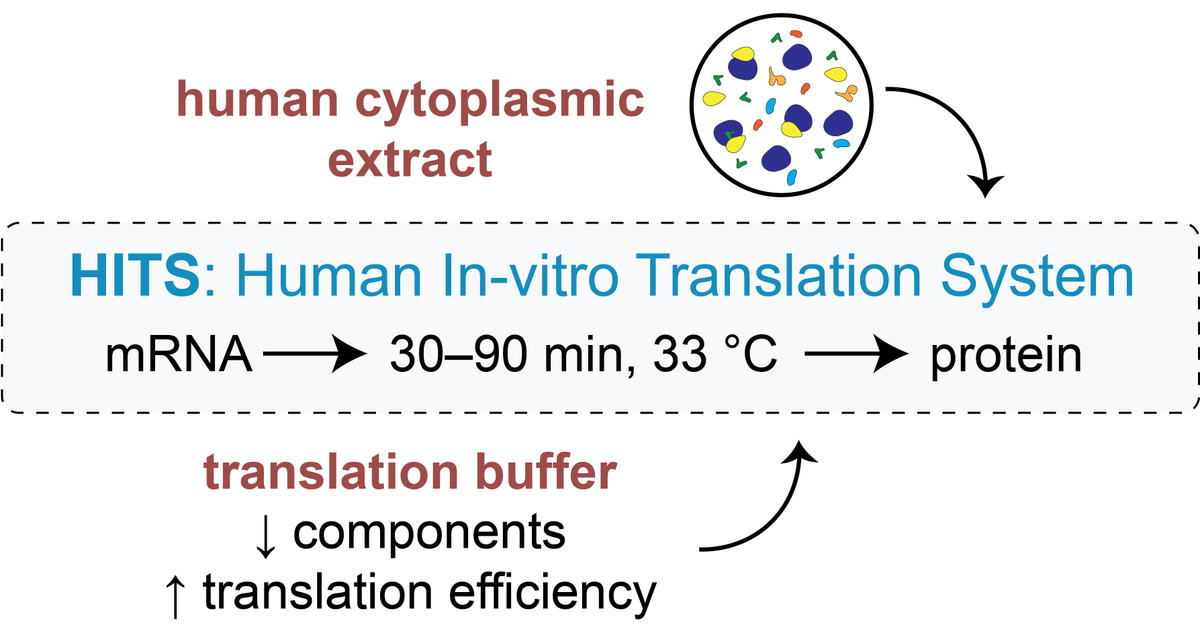

New in Cell Reports Methods from Adrian Bothe, and team at The Ban Lab: “A highly optimized human in vitro translation system.” Thank you for choosing Twist DNA to support your work! 🧬 bit.ly/49yktTq
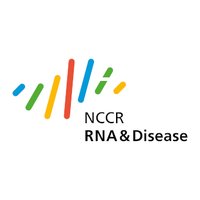
Nenad Ban has been elected as a Member of the American Academy of Arts & Sciences(American Academy of Arts & Sciences)! Congratulations!!! bit.ly/4aPXchf The Ban Lab D-BIOL @ ETH Zurich ETH Zurich



A week ago I found this orchid in a meadow in the forest near Flaach, Switzerland. It looks a bit different than the other Ophyrs apifera that grew in the same habitat, perhaps O. apifera var. trollii? Wild Orchids UK & Ireland #ophrys #florahelvetica
